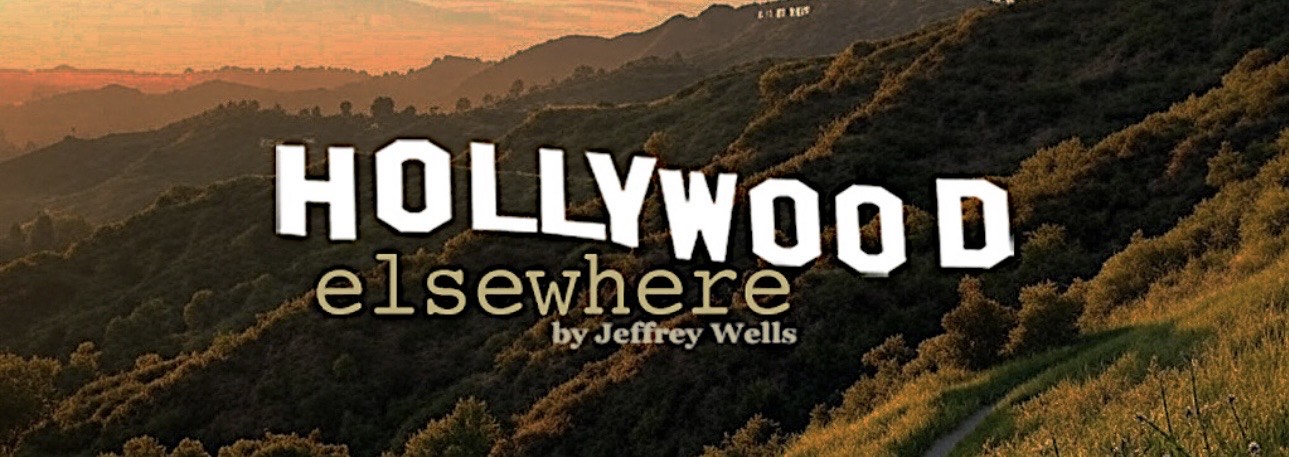“During that first season in 1999, The Sopranos would grow deeper and darker. There was a point at which executives at HBO wanted Artie Buco’s wife, Charmaine (Kathrine Narducci), with her ability to see Tony clearly for who he was, to become the show’s ‘moral center.’ That’s classic network thinking.
“But what was radical about The Sopranos — and still is — is that Tony, the gangster we’re asked to identify with, is so far from being a moral center that the audience is prompted, at every moment, to test what it’s rooting for.
“The HBO brass pushed back against creator David Chase on the famous fifth episode — the one where Tony, driving Meadow around on her college tour, spies a Mob rat who’s been hiding in the Witness Protection Program and takes a detour to strangle him.
“But this was the show’s revolutionary daring, as bold as anything in ’70s Hollywood. We would now be in cahoots with a monster, obeying a compulsive code of loyalty that rendered his violence as ugly as it was badass. As Chase puts it in the film, every character on the show, even Melfi, has made a deal with the devil. That’s a major part of what kept the drama high-stakes, off-balance, mesmerizing.” — from Owen Gleiberman’s review of Alex Gibney’s Wiseguy.
